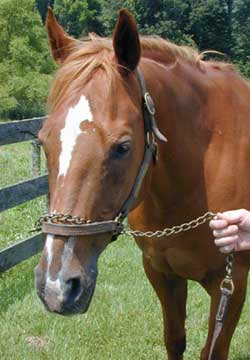How To Fix Horse Gums

Yellowed gums can indicate liver problems when the organ is unable to filter the pigment from the bloodstream.
How to fix horse gums. Try these simple home remedies for achy gums. Fully visualizing all tooth surfaces of the molars requires specialist equipment but you are still able to check the incisors and the molars for any obvious problems or signs of discomfort. It also whitens your teeth. Use only toothbrushes with soft or extra soft bristles. Take a moment to smell the horse s breath.
Use over the counter otc painkillers such as. Rinse your mouth with warm salt water. Brush floss and use mouthwash twice daily. Most horses gums are pink or lightly pigmented just like human gums. This helps you eliminate gum disease and reverse gum recession gum inflammation bleeding gums loose teeth plaque build up gum sores abscesses gum sensitivity and bad breath.
If you lift your horse s lip and the gums appear very pale abnormally dark or muddy looking or bright red then contact the vet immediately. Topics include nutrition soundness lameness equine behavior farm barn older horse care. This might result in fracture of a tooth or laceration of gums cheeks or surrounding tissue. Check the color of your horse s gums. Step 1 check your horse s teeth regularly.
Gums that are long or enlarged known as gingival hypertrophy an overgrowth of the upper jaw called vertical maxillary excess that makes gums bulge out you may notice that the causes are all related to the teeth lips jaws or gums which happen to be the key components that dictate your smile aesthetics. Ideally you should check your horse s mouth as part of his bridling up step 2 smell your horse s breath. However gums can also have a harmless tint of yellow after a horse eats high levels of beta carotene which is found in foods like alfalfa and carrots. Severe cases can be recognized on routine physical exam if facial swelling draining tracts or sinusitis is present. Periodontal disease is the leading cause of tooth loss in horses with a prevalence of 35 to 85 in various equine populations.
Replace your toothbrush every 3 4 months.


















